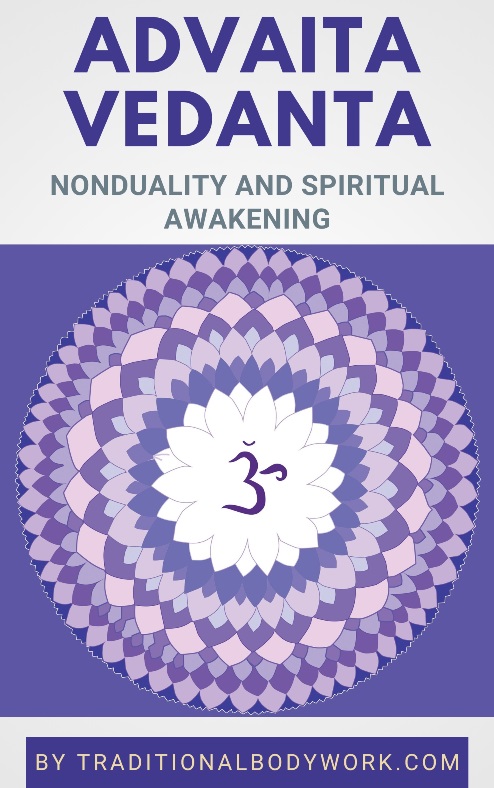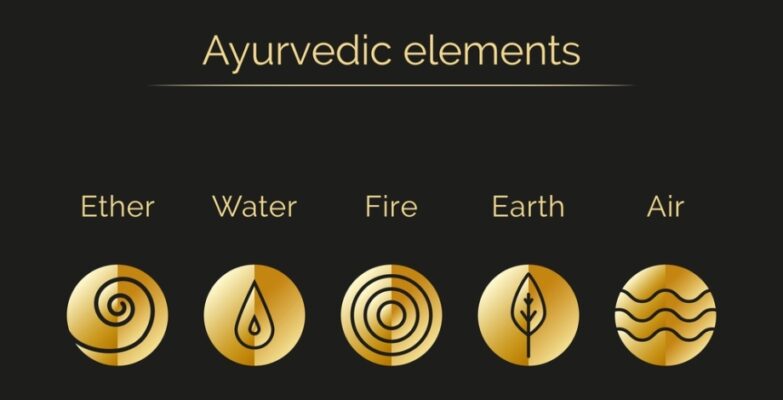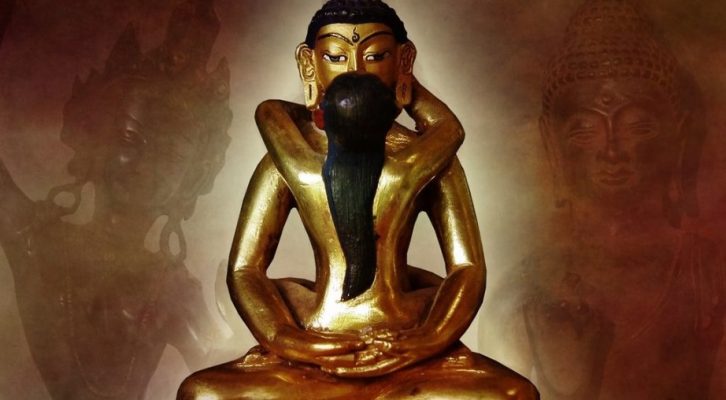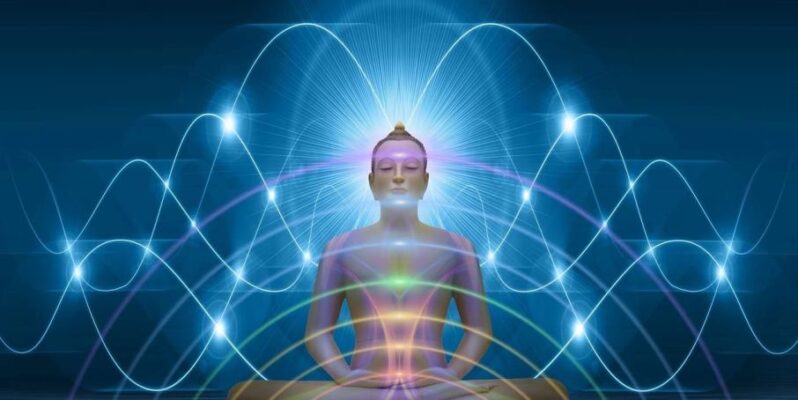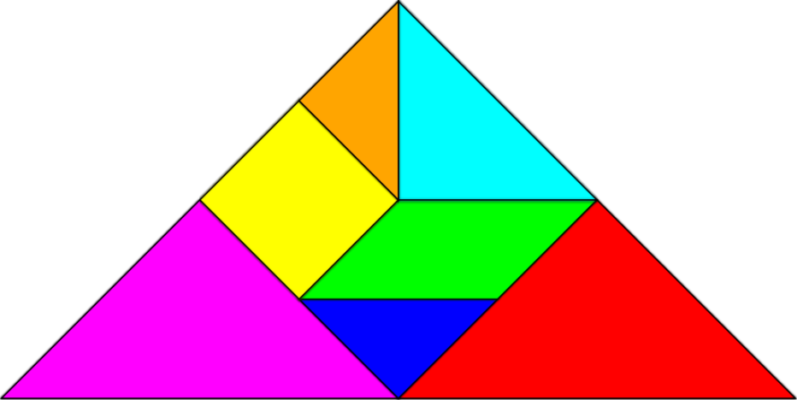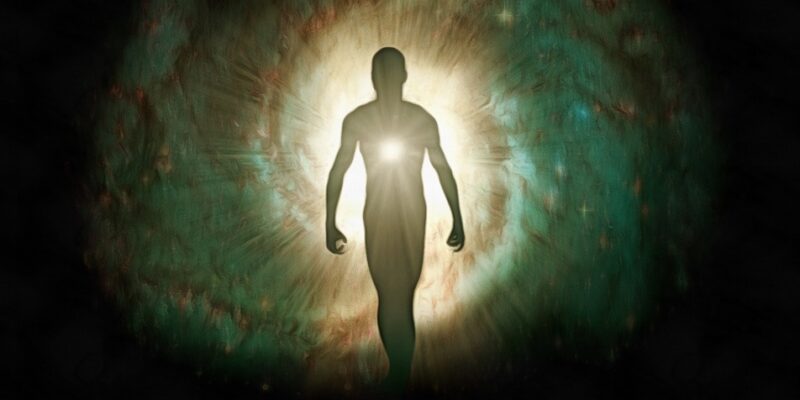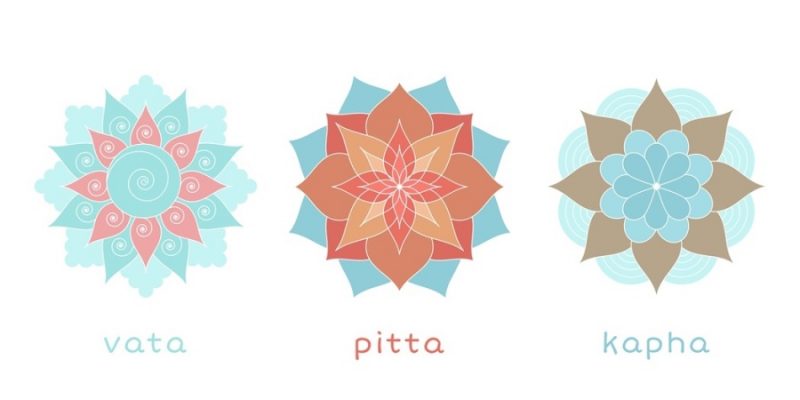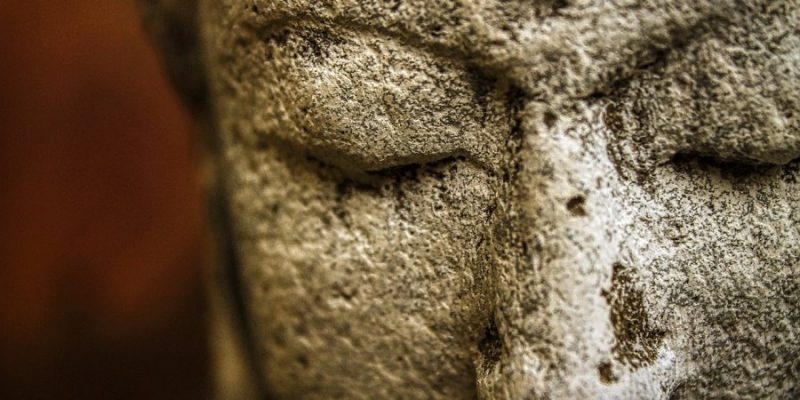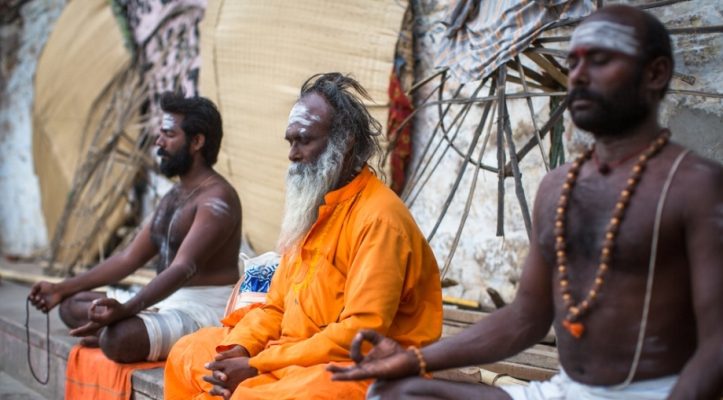
In Hinduism and Hindu Vedic philosophies, Sattva, Rajas, and Tamas are part of the three Gunas, also called the Triguna (or Trigunas).

It’s thought that the interaction of the three Gunas transform and keep changing the world and its phenomena, thereby establishing the characteristics and dynamics of life.
Gunas — in the sense mentioned above — can be considered the “qualities,” “characteristics,” “innate tendencies,” “innate forces,” or “properties” being present in all phenomena in the world. All things and beings are affected by the three Gunas, only the proportion of each Guna in a specific phenomenon is different, as such forming the character, behavior, nature, and particular expression of someone or something.
In India, many phenomena are described in terms of the Gunas. For instance, food and drinks can be Sattvic, Rajasic or Tamasic — a concept often used in Ayurveda — but also relationships or our actions may be described as a mix of the Triguna, the latter association often being addressed in Advaita Vedanta.
Sattva, Rajas, and Tamas
Below then a short, non-exhaustive list of descriptions of the supposed qualities of Sattva, Rajas, and Tamas.
- Sattva stands for properties like goodness, equanimity, neutrality, clarity, peacefulness, balance, creativity, purity, virtue, calmness, consciousness, and harmony;
- Rajas stands for passion, activity, egoism, individualization, energy, restlessness, courage, agitation, anxiety, and movement;
- Tamas stands for characteristics like ignorance, inertia, disorder, slowness, negativity, apathy, destruction, darkness, density, stability, inactivity, and laziness.
Now, although having different characteristics (some of which we humans see as negative and others positive), one type of Guna is not inherently better than the other. We must remember that all phenomena need the three Gunas to manifest themselves (to exist), and it’s a particular “configuration” of the three Gunas that makes something or someone what it is.
Moreover, the balance of Gunas is not static, but in continual flux, and as such also change the behavior and character of everything and everyone. However, if one Guna becomes stronger, the two other tend to become weaker, and vice versa. Alterations in the balance of the Gunas in a particular phenomenon is typically due to internal or external changes.
Triguna and Other Tri-unities
The three Gunas often have their tri-unity counterparts in other facets of Hindu religion or philosophy. For instance, the Trimurti (the Brahma, Vishnu, and Shiva Deities) are mapped to the Trigunas in which Brahma = Rajas, Vishnu = Sattva, and Shiva = Tamas. Mind, however, that depending on the context and/or spiritual lineage the Trimurti may be mapped differently to the Trigunas, or even as combinations of several Gunas.

Another “mapping” is that with the Ayurvedic Tridosha, where Kapha = Tamas, Pitta = Rajas, and Vata = Sattva. Again, this may be very different depending on the lineage, context, era, or teacher. For instance, some say that Vata = a lot of Sattva + a little bit Rajas, Pitta = predominantly Sattva + some elements of Tamas and Rajas, and Kapha = predominantly Rajas + an element of Sattva, and so on.
The characteristics of the Trividha Nadis — the Ida, Pingala, and Sushumna Nadi Energy Channels — are often mapped as Ida Nadi = Tamas, Pingala Nadi = Rajas, and Sushumna Nadi = Sattva.
Then again, Sushumna Nadi itself, which is said to be composed of three inner Nadis, also contains the three Guna qualities of Tamas, Rajas, and Sattva, where the outer Sushumna layer is considered Tamasic (not active), the first inner layer Vajrana Nadi of Rajasic quality, the second inner layer Chitrini Nadi of Sattvic quality, and last completely inner layer — Brahma Nadi — is the “channel without properties,” that is the channel of pure, divine, inexplicable consciousness.
Final Thoughts
In Indian religion and philosophy, the three Guna qualities are present in all and everything, in different proportions and in different contexts, and as such define the specific characteristics of phenomena in life.
Nothing is purely Sattvic, Rajasic, or Tamasaic, but an interplay of the three Gunas. However, in a general sense, notably when it comes to questions around spirituality and health, Indian Hindu people aspire to attaining Sattvic qualities, which include properties such as harmony, peacefulness, purity, and balance.



